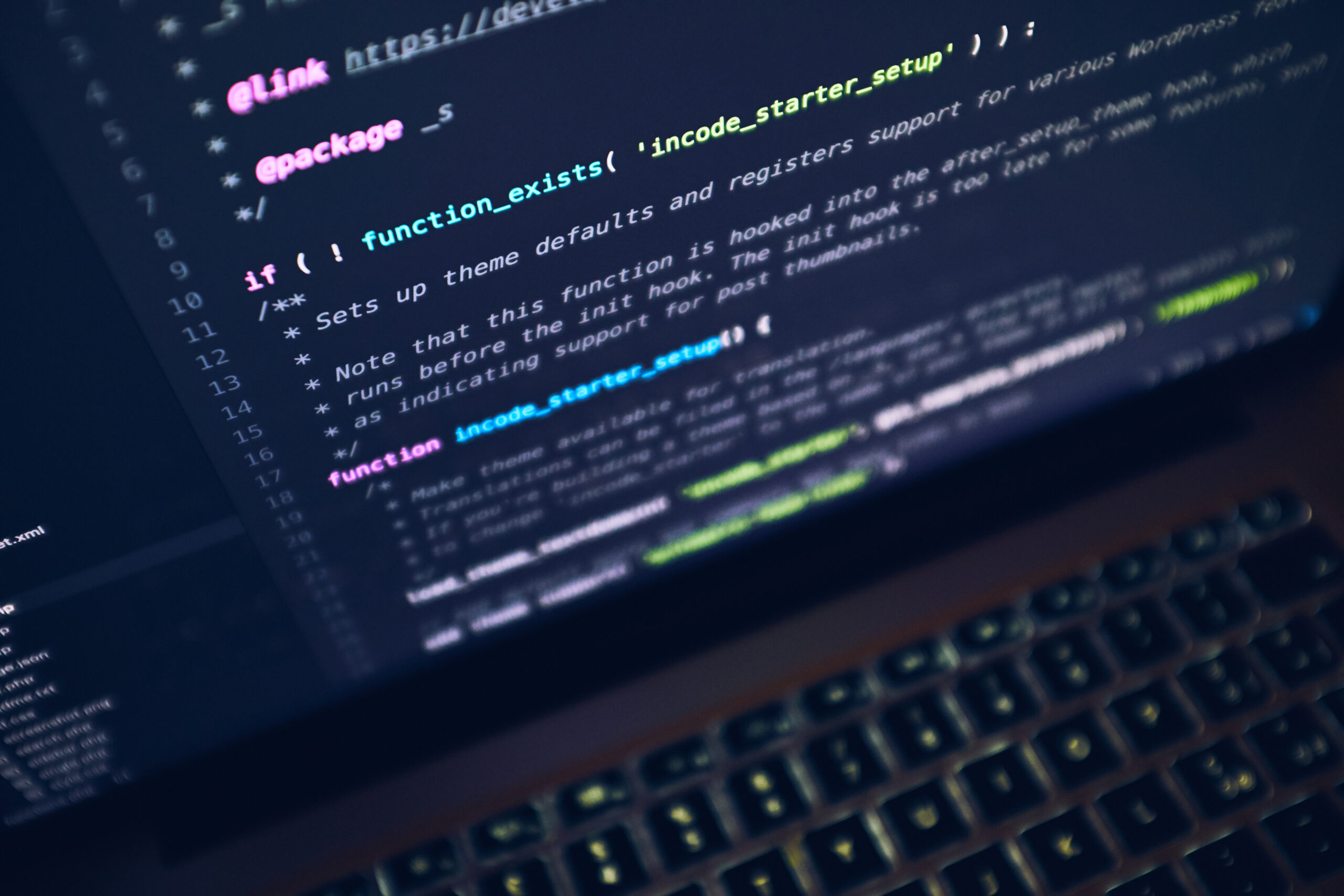Technology has revolutionized many facets of our lives in recent years—including law enforcement. This innovative development has had a massive impact on crime-fighting and transformed the way police officers work to protect citizens. In this article, we will dive into how technology is already helping combat criminal activity and what possibilities lie ahead for future policing efforts.
Battling High Rates of Carjacking
Technology continues to be a powerful asset in the fight against crime, specifically when it comes to carjacking. Carjackings are a concerning form of theft that threatens innocent people every day.
Thanks to technology, law enforcement has access to locating a stolen vehicle more quickly and accurately than ever, giving them an important advantage against criminals engaging in this activity. Through GPS tracking systems and compilations of data collected from all areas affected by carjackings, police can now respond quicker and more precisely.
Law enforcement also relies on additional tools, such as automated license plate recognition software that can cross reference images captured from surveillance cameras, improving their efforts to locate a stolen car. Technology is helping make our roads safer from criminal activity that puts lives at risk due to carjacking incidents.
Surveillance Technology
Using surveillance technology, law enforcement has taken a proactive role in minimizing crime. This is particularly true with the high number of cameras available today – from public spaces like streets and transportation systems to businesses and households. These cameras capture footage that can be an invaluable asset for criminal investigations, thus significantly contributing towards solving crimes faster. Additionally, monitoring these areas allows authorities to track suspects or investigate suspicious activity before it leads to violent outcomes.
Beyond cameras, revolutionary surveillance technology has been designed to streamline the pursuit of lawbreakers. For instance, license plate recognition systems allocate and monitor vehicles engaged in unlawful operations, while facial recognition technology can spot and pursue individuals within large gatherings where distinguishing wrongdoers is difficult.
Data Analytics
Law enforcement agencies gather an immense amount of information, but processing and examining the data can be hard. Thankfully, thanks to data analytics technology, authorities can now use this material for various purposes, including recognizing criminal trends, anticipating unlawful behavior, and locating suspects. This has drastically improved crime-fighting efforts across the globe!
Predictive policing uses data analysis to single out regions at high risk and forecast where crimes are more prone to occur. This information is then used as a guide for law enforcement personnel, enabling them to apply their resources more precisely to prevent crime before it even happens.
Digital Forensics
As technology weaves its way throughout our everyday lives, the science of digital forensics has become a critical component in criminal investigations. Law enforcement agencies can now effectively utilize this tool by collecting, analyzing, and preserving electronic data for evidence.
Through digital forensics, law enforcement agencies can uncover evidence that otherwise would have been impossible to detect. Digital investigations are applicable when it comes to a variety of criminal activities, such as cybercrime, fraud, and even homicide. Analyzing electronic devices like computers and cell phones is the key step for investigators to obtain data, eventually leading them to their case’s resolution.
Social Media Monitoring
The power of social media has become an indispensable asset for law enforcement agencies in the battle against crime. Criminals often utilize popular platforms to strategize criminal endeavors, and police forces can now capitalize on this information to identify suspects, apprehend criminals before they act, and ultimately prevent crimes from happening.
With the help of social media monitoring tools, law enforcement agencies can now track and examine online activity as it is happening. This technology allows them to detect potential risks and questionable behavior before they become issues, which in turn enables police forces to more efficiently deploy their resources and stop crimes from occurring.
Drones
Thanks to the introduction of drones, law enforcement is more effective than ever in combating crime. By using these advanced machines, police can observe high-risk zones and search for evidence or suspects. Unquestionably a premier advantage that this technology provides is its ability to be used during rescue missions—allowing officers an eagle-eye view of their surroundings while they look for those who have been missing or are the target of a criminal investigation.
One of the greatest advantages drones offer is their potential to access areas that are difficult or impossible to access otherwise. For instance, utilizing these miniature-flying machines can grant law enforcement personnel a comprehensive view over rooftops and other sites, which would be impractical—or even hazardous—for people to explore on foot.
The Future of Technology and Law Enforcement
With technology advancing at an unprecedented rate, its implications in law enforcement are set to be more pronounced than ever before. The future of policing is dependent on emerging technologies such as:
- Artificial intelligence: Artificial intelligence has the potential to revolutionize law enforcement by producing highly accurate predictions. With its ability to sift through large amounts of data, AI can detect hidden patterns, anticipate criminal behavior, and single out possible suspects—all in a fraction of the time it takes traditional police work. Through this groundbreaking technology, agencies can curb crime before it even happens, outshining past attempts at prevention with more efficient results.
- Blockchain: Blockchain technology has the potential to revolutionize evidence collection, storage, and analysis completely. By leveraging this cutting-edge tech for law enforcement purposes, an indelible record of the evidence that is entirely secure from tampering or manipulation can be established. With blockchain development in full swing, it’s only a matter of time before criminal justice systems worldwide benefit from its robust security benefits.
- Virtual and augmented reality: By tapping into the potential of virtual and augmented reality technologies, law enforcement officers can benefit from more realistic training scenarios that simulate actual crime scenes. This is an invaluable resource for preparing them to handle various situations, further developing their expertise in the field.








